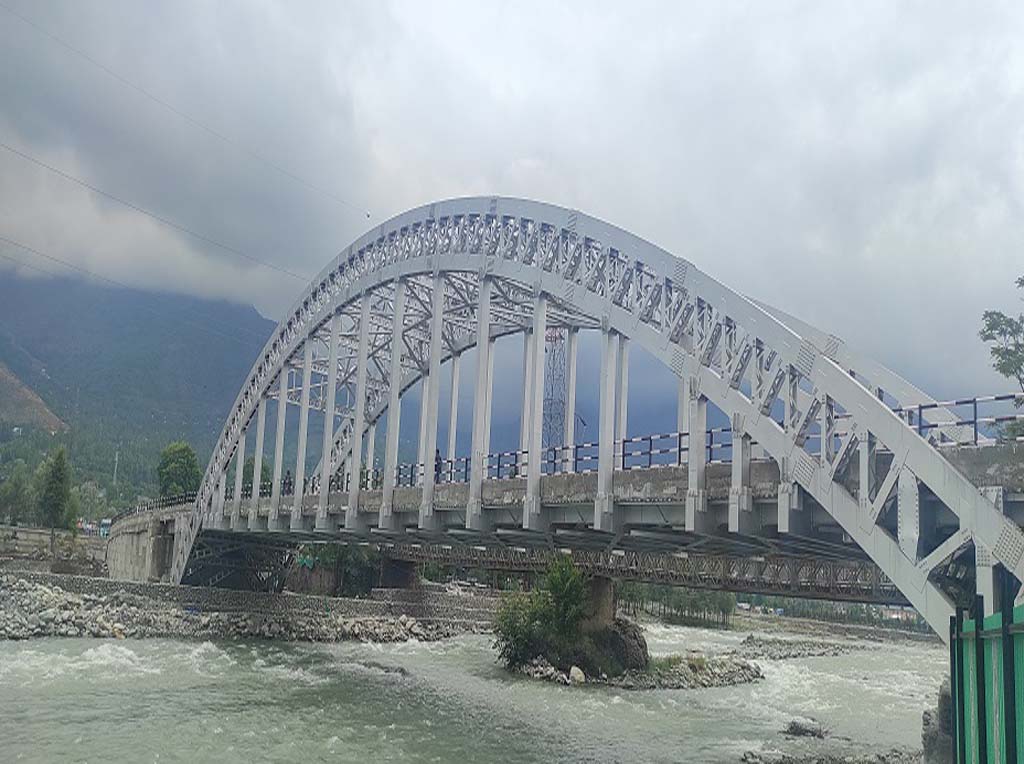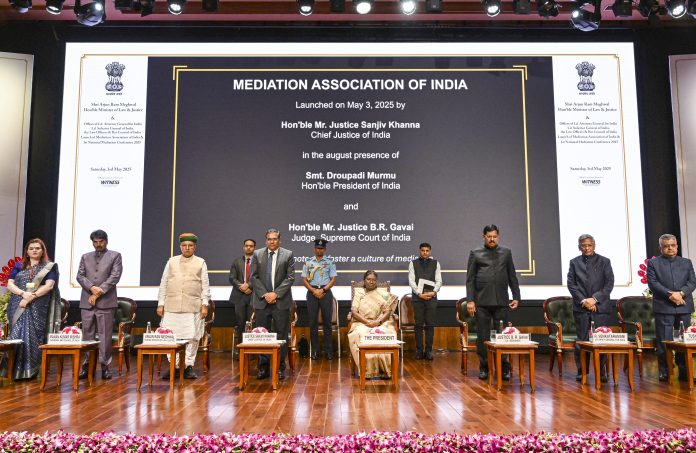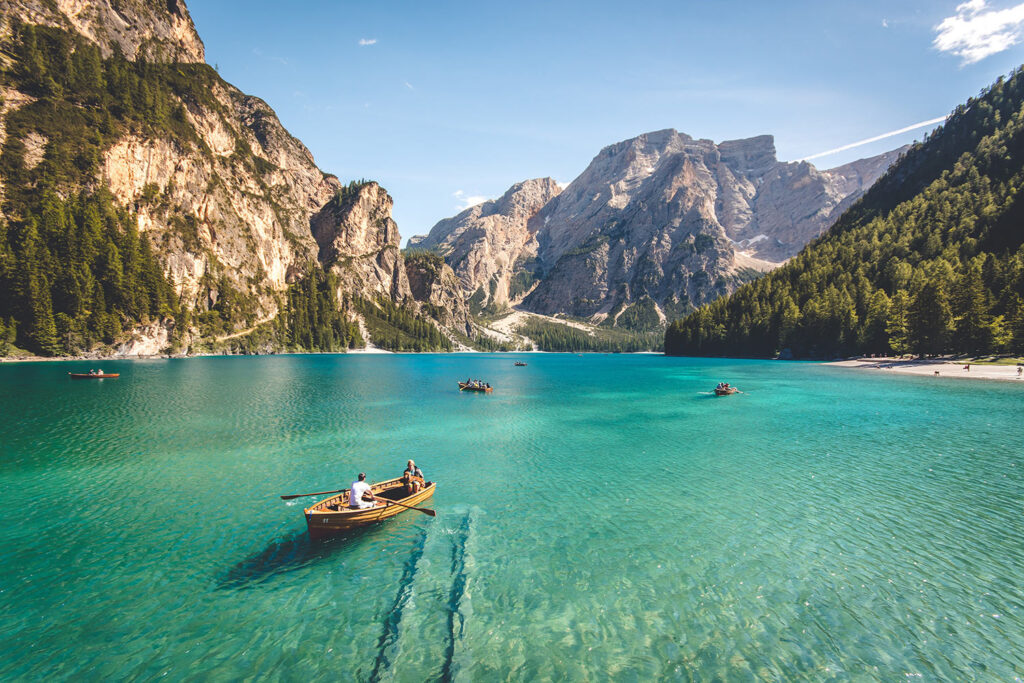The Dying Springs of Kashmir: Causes, Consequences, and a Path to Revival

By Hayat Ubaid
For centuries, the freshwater springs of Kashmir served as vital lifelines—providing clean drinking water, supporting agriculture, and even offering natural remedies for various ailments. These springs, revered both culturally and spiritually, were once pristine symbols of the region’s ecological balance.
Today, however, many of these springs are either severely polluted or have vanished altogether. Modernization, climate change, and human negligence have pushed these natural resources to the brink of extinction.
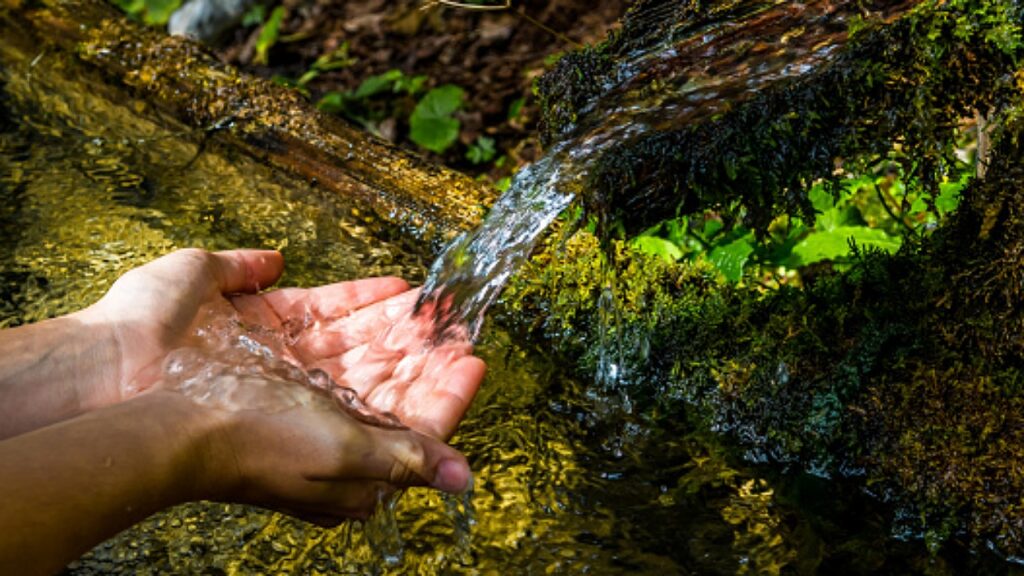
Historically, Kashmir’s springs were central to life. Communities across the valley relied on them not just for water, but also as sacred sites, places of healing, and social gathering points. Mughal emperors like Jahangir commissioned gardens around iconic springs such as Verinag and Achabal, underlining their importance in the region’s cultural landscape.
In some areas, locals believed spring water could treat skin conditions and other ailments—a belief backed by the naturally mineral-rich content of these waters. But that legacy is now at risk.

Causes Behind the Crisis
- Climate Change and Reduced Recharge
Rising temperatures and declining snowfall are disrupting the region’s water cycle. According to climate data, Jammu and Kashmir has experienced a temperature rise of nearly 0.8°C since 1980. The winter of 2024–25 saw a 70% rainfall deficit—the lowest in a decade—severely impacting spring recharge.
Bulbul Nag, once a vital spring in Pulwama supporting 40 villages, has now dried up due to the combined impact of climate shifts and poor management.
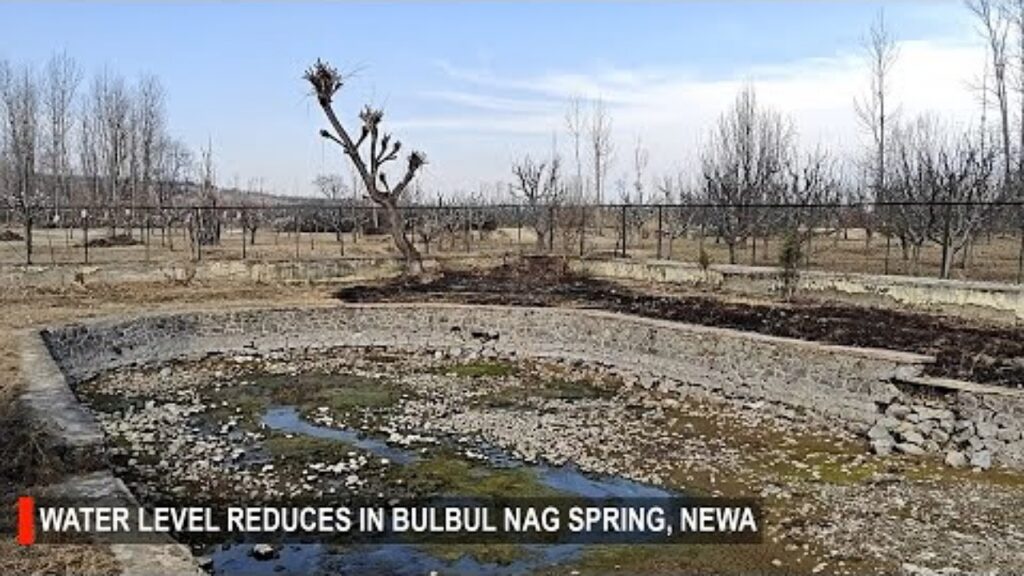
- Pollution and Waste Contamination
Many springs in Anantnag, Ganderbal, and Kulgam have tested positive for dangerous contaminants. A 2023 study from Ganderbal found 37 out of 40 spring water samples contaminated with bacteria such as E. coli—originating from sewage and animal waste.
In Kulgam, springs once known for their purity now show signs of fecal pollution. Coliform levels far exceed safe limits, making the water unfit for human consumption.
- Urbanization and Deforestation
Unregulated construction, deforestation, and unplanned tourism have accelerated spring degradation. The destruction of forested catchment areas—essential for natural groundwater recharge—has led to a sharp decline in spring flow.
Without protective vegetation, rainwater runs off quickly rather than percolating into the ground, causing both surface and groundwater levels to fall.
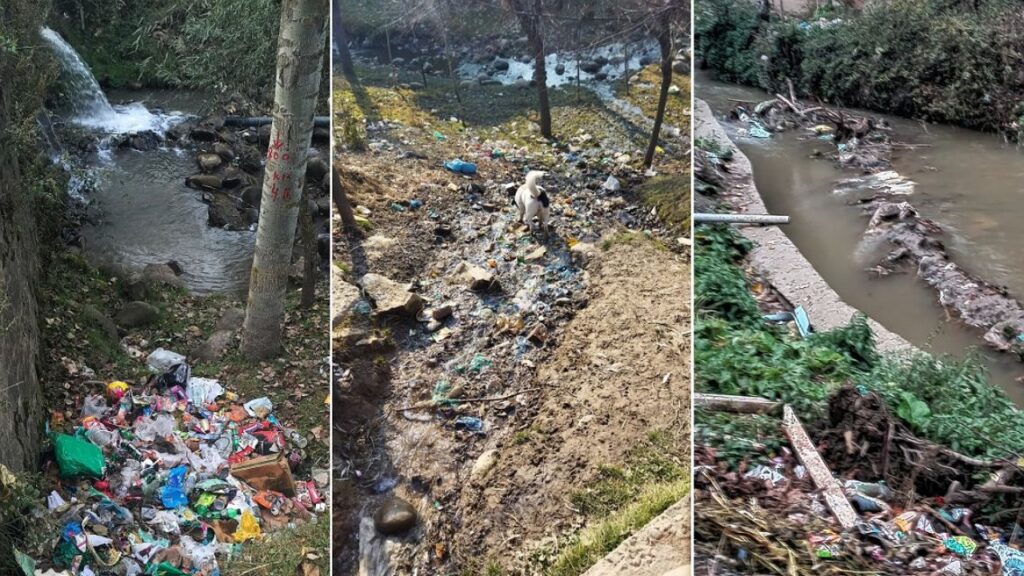
Public Health and Ecological Impact
The consequences are severe. In rural areas such as Bhaderwah, over 40% of the population has reported water-borne illnesses like diarrhea and typhoid due to unsafe water from contaminated springs.
In some locations, nitrate and arsenic levels have surpassed WHO safety guidelines. Long-term exposure to these pollutants can lead to chronic health issues, including cancer, neurological disorders, and developmental problems in children.
Who Is Responsible?
While climate change is a global factor, much of the damage in Kashmir is man-made. Poor waste management, lack of water regulation, unchecked urban sprawl, and inadequate monitoring have turned once-sacred springs into polluted ditches.
Governments have introduced some programs—including the Jal Jeevan Mission, Springshed Management under PMKSY, and NITI Aayog-backed rejuvenation projects—but implementation remains slow and uneven.
To save Kashmir’s springs, a comprehensive and community-driven approach is needed:
Strict enforcement of environmental protection laws.
Scientific mapping and monitoring of all existing springs.
Community-based spring protection programs with local stakeholders.
Education and awareness campaigns to revive cultural respect for springs.
Promotion of traditional water harvesting practices alongside modern infrastructure.

 English
English 
